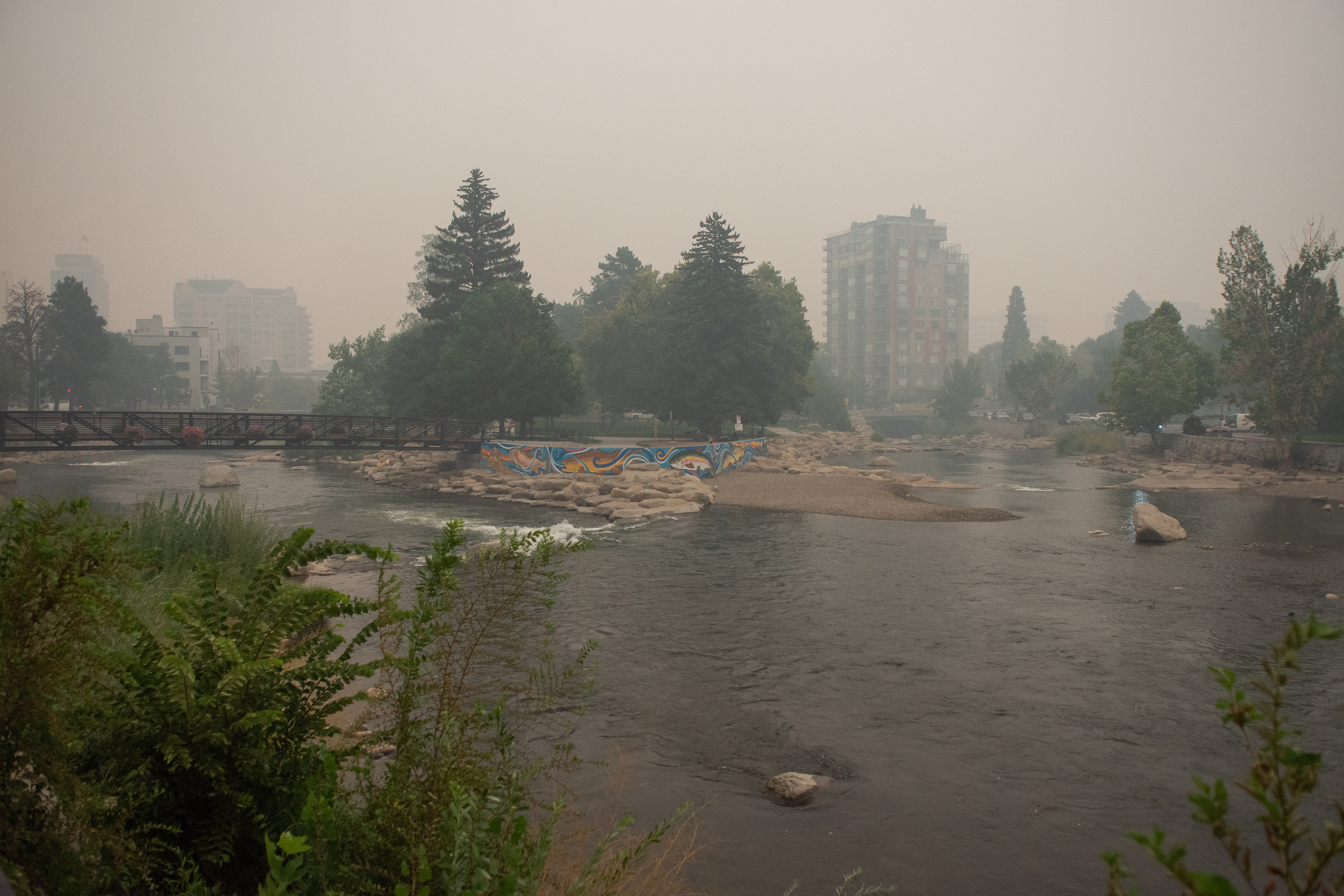Heat, air quality alerts are a sign of things to come

For the most part, last week's heat and air-quality alerts — the latter primarily due to smoke from Canadian wildfires, if also compounded by the underlying fact of global warming — impacted only the central and eastern parts of the US. If Southwest states continue being largely spared in this round of the climate change threat, their inhabitants may not have much more time to count their blessings.
Indeed, the conspicuously lowered streamflow in the Lower Colorado River Basin is almost surely attributable to climatic factors. Consider that the tristate cluster of Arizona, California and Nevada are in the midst of having to adapt to less water for agricultural and other basic needs.
That reality is not lost on consequences for substate and community water requirements and use. Thus, impelled by the effect of cutbacks in Colorado River water and reinforced by decisions of the Southern Nevada Water Authority, the southern part of the state — Las Vegas in particular — now faces significant restrictions on residential water use, especially in the matter of grass and gardening. The northern part of the state has experienced some distinctly deteriorating air quality conditions, with some of that worsening attributable to wildfire — hence, "climatic" factors.
Even if the Southwest escaped the dramatic meteorological jolts that recently hit the country's midsection and east, there's no part of the nation immune to recurrent — possibly frequent — manifestations of global warming. Depending on geographic particulars, this can translate into varied impacts including temperature records, coastal and interior flooding, impaired agricultural conditions and forced evacuation of people from threatened population centers.
What allows one to express these judgments with such apparent exactitude? The litany of cited impacts is almost entirely independent of continued — if now receding — fossil fuel combustion and associated carbon emission in our own generation. They arise instead by way of a nearly indisputable scientific phenomenon: a virtually certain origin of the weather-borne disasters of last week — and those yet to materialize — in fossil fuel combustion and its resultant carbon emissions throughout the cumulative historic legacy of industrialization beginning nearly three centuries ago, and leaving a blanket of carbon dioxide in the atmosphere that is only slowly receding. It is a reality that we need critically to appreciate and deal with as effectively as possible, most likely for a not-easily-calculable number of years.
The resultant policy-making burden for our political leadership is an unenviable one. Looking to the future, prudent governance entails relentlessly pursuing carbon-lean and renewable-energy mitigation strategies; even as, concurrently, it has to guide its citizenry on a course of adaptation to periodic, but severe and unavoidable, meteorological upheavals. Last week may turn out to have been a mere foretaste of that prospect.
Keep those italicized terms firmly in mind. Although Inherently separable, the duality of mitigation and adaptation will test our resolve to a degree with little precedence.
Joel Darmstadter is a senior fellow emeritus with Resources for the Future, based in Chevy Chase, MD.
